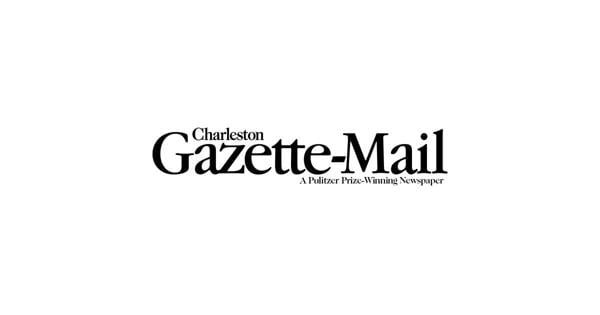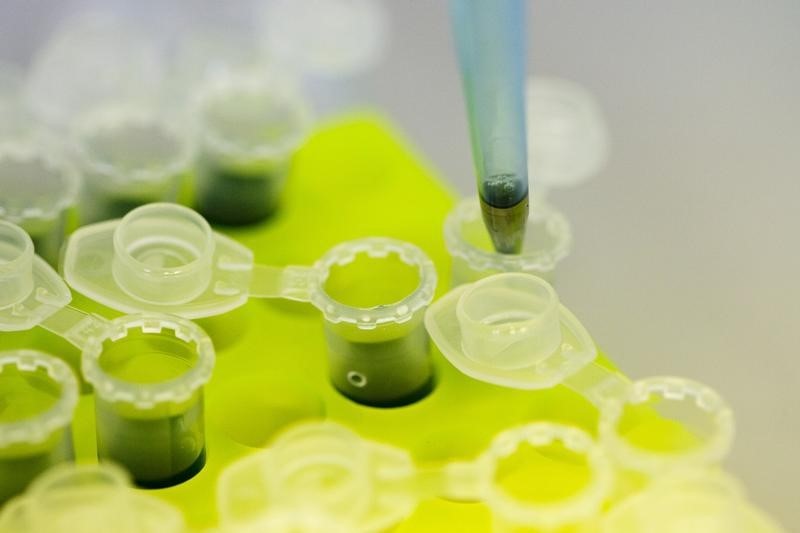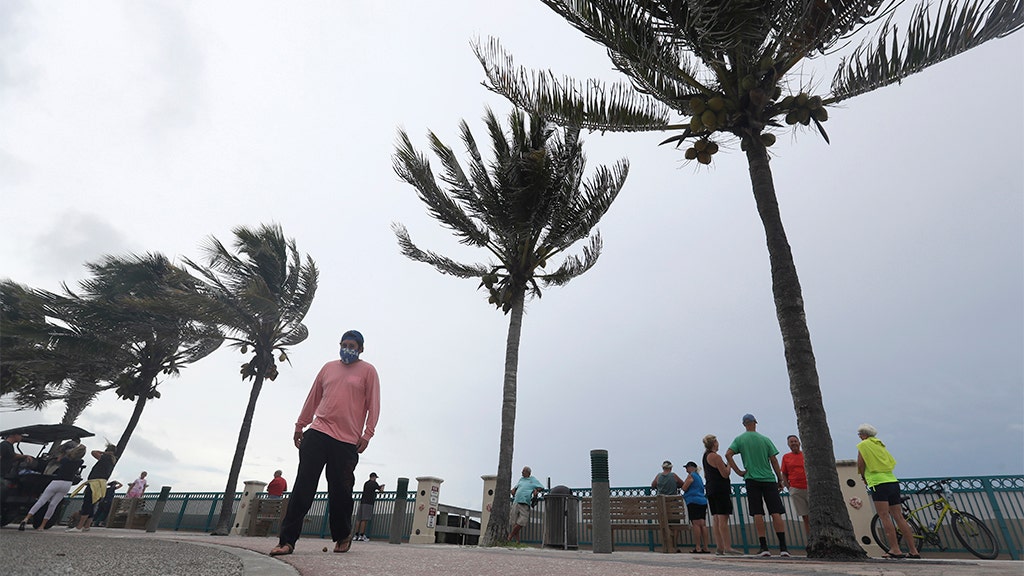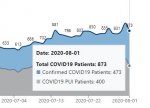(fair use applies)
Coronavirus vaccine will not change world right away
Soaring hopes for a shot may spark resistance to simple strategies that can tamp down transmission
Carolyn Y. Johnson
August 2, 2020 at 5:45 p.m. EDT
In the public imagination, the arrival of a coronavirus vaccine looms large: It’s the neat Hollywood ending to the grim and agonizing uncertainty of everyday life in a pandemic.
But public health experts are discussing among themselves a new worry: that hopes for a vaccine may be soaring too high. The confident depiction by politicians and companies that a vaccine is imminent and inevitable may give people unrealistic beliefs about how soon the world can return to normal and could lead to resistance to simple strategies that can tamp down transmission and save lives in the short term.
Two coronavirus vaccines entered the final stages of human testing last week, a scientific speed record that prompted top government health officials to utter words such as “historic” and “astounding.” Pharmaceutical executives predicted to Congress in July that vaccines might be available as soon as October, or before the end of the year.
As the plotline advances, so do expectations: If people can just muddle through a few more months, the vaccine will land, the pandemic will end and everyone can throw their masks away. But best-case scenarios have not materialized throughout the pandemic, and experts – who believe wholeheartedly in the power of vaccines – foresee a long path ahead.
“It seems, to me, unlikely that a vaccine is an off-switch or a reset button where we will go back to pre-pandemic times,” said Yonatan Grad, an assistant professor of infectious diseases and immunology at the Harvard University T.H. Chan School of Public Health.
Or, as Columbia University virologist Angela Rasmussen puts it, “It’s not like we’re going to land in Oz.”
The declaration that a vaccine has been shown safe and effective will be a beginning, not the end. Deploying the vaccine to people in the United States and around the world will test and strain distribution networks, the supply chain, public trust and global cooperation. It will take months or, more likely, years to reach enough people to make the world safe.
For those who do get a vaccine as soon as shots become available, protection won’t be immediate – it takes weeks for the immune system to call up full platoons of disease-fighting antibodies. And many vaccine technologies will require a second shot weeks after the first to raise immune defenses.
Immunity could be short-lived or partial, requiring repeated boosters that strain the vaccine supply or require people to keep social distancing and wearing masks even after they’ve received their shots. And if a vaccine works less well for some groups of people, if swaths of the population are reluctant to get a vaccine or if there isn’t enough to go around, some people will still get sick even after scientists declare victory on a vaccine – which could help foster a false impression that it does not work.
A proven vaccine will profoundly change the relationship the world has with the novel coronavirus and is how many experts believe the pandemic will end. In popular conception, a vaccine is regarded as a silver bullet. But the truth – especially with the earliest vaccines – probably will be far more nuanced. Public health experts fear that could lead to disappointment and erode the already delicate trust essential to making the effort to vanquish the virus succeed.
The drive to develop vaccines is frequently characterized as a race, with one country or company in the lead. The race metaphor suggests that what matters is who reaches the finish line first. But first across the line is not necessarily the best – and it almost certainly isn’t the end of the race, which could go on for years.
“The realistic scenario is probably going to be more like what we saw with HIV/AIDS,” said Michael Kinch, an expert in drug development and research at Washington University in St. Louis. “With HIV, we had a first generation of, looking back now, fairly mediocre drugs. I am afraid – and people don’t like to hear this, but I’m kind of constantly preaching it – we have to prepare ourselves for the idea we do not have a very good vaccine. My guess is the first generation of vaccines may be mediocre.”
– – –
On April 12, 1955, a vaccine against polio was shown effective and safe. Its inventor, Jonas Salk, became a national hero. Church bells rang, and people ran into the streets to hug one another, said Howard Markel, a historian at the University of Michigan.
But there were bumps along the way, even as scientists and public health authorities sought to thwart a disease that was of greatest threat to children. The “Cutter incident” became an infamous moment in medicine, when one of the suppliers of the vaccine failed to fully deactivate the virus in the shot, infecting about 40,000 children, paralyzing 51 and killing five. Those infections seeded their own epidemic, paralyzing 113 others and killing an additional five people.
“What’s incredible is it was only a blip,” Markel said. “Parents were so trustworthy of doctors and scientists, and it went on, people got their shots.”
The Salk vaccination was a transformative moment, but it was also not the end of polio. Over the course of two years, cases in the United States dropped by 80%, but outbreaks continued for several years, even as the vaccine was rolled out. Six years later, an oral polio vaccine that could be given as a sugar cube that dissolved on children’s tongues was introduced. Polio was eliminated in the United States in 1979.
But the polio vaccine came at a distinct moment in American history, Markel said, when people had great faith that scientists, medicine and government institutions could change their lives for the better. For the coronavirus, a relatively small setback – a miscommunication about vaccines, an unpleasant side effect, a much-hoped-for candidate that fails in large clinical trials or a vaccine that is only partly protective – could have outsize effects, especially with anti-vaccine activists already working to sow distrust.
Anthony Fauci, director of the National Institute of Allergy and Infectious Diseases, testified Friday before Congress that he is “cautiously optimistic” that a 30,000-person, Phase 3 clinical trial that is getting underway will yield an effective vaccine. But there has been little talk about how to think about failures, even though those are an inevitable part of science.
“What happens if any of them fail a Phase 3 trial – are people just going to give up? Is it going to be like entering Dante’s inferno?” Columbia’s Rasmussen said. “I’m really worried people have been relying on this hope that a vaccine is going to fix everything, and vaccines are not perfect, just like any type of therapeutic. They do fail.”
All approved vaccines must be shown to be safe and effective, but that does not mean they perform the same. The measles vaccine is one of the best – 98% effective at preventing disease. But the flu vaccine clocks in most years at 40% to 60% effective. And some vaccines work less well in groups of people – older people, for example, have less robust immune responses and need a special high-dose flu vaccine, or one with an extra ingredient called an adjuvant.
U.S. regulators will require a coronavirus vaccine to be 50% effective, and if a shot just barely clears that bar, public education will be required to help communicate how many people need to receive it to establish herd immunity – a threshold at which enough of the population is immune to stop the spread, when the virus is truly tamed.
“If you get a vaccine that just meets the guidelines, the chances are you’re not going to be able to achieve herd immunity,” said Walter Orenstein, associate director of the Emory Vaccine Center. “You tamp down transmission, substantially. It decreases your risk of getting exposed, but it doesn’t eliminate it. But a 50% effective vaccine is a lot better than 0% effective vaccine. I would take it.”
Even the word “effective” will be parsed by experts and may need to be carefully explained. The goal is for a vaccine to prevent infections altogether. But that’s not the only definition of a successful vaccine, which could include shots that reduce the severity of symptoms people experience. Ideally, a vaccine would do both. But what happens in real life will influence decisions about who should get the vaccine first.
“We talk about making something work, and public health is very much about the public,” said Natalie Dean, a biostatistician at the University of Florida. “You can make something work perfectly in the lab; it’s a whole other thing to make it work out in the community.”
A vaccine that mainly lessens the severity of disease might be directed at older people and others at greatest risk for the worst outcomes. One that prevents infections well, but perhaps does not work as much in older people, might be directed to the younger population to try to protect older people.
The effectiveness of the vaccine also influences how many people need to get it to reach herd immunity.
Paul Offit, director of the Vaccine Education Center at Children’s Hospital of Philadelphia, ran through one back-of-the-envelope scenario with an optimistic outcome: Say a vaccine is 75% effective at preventing people from shedding the virus and passing it on. Vaccinating even some people will slow the spread, with the biggest effects emerging if the first doses are channeled to the right people. But he estimated that it would be necessary to vaccinate two-thirds of the population to reach herd immunity.
“If you’re talking about throwing arms around each other, sitting with 67,000 people at a Philadelphia Eagles game, I’d imagine that would take a couple years,” Offit said.
– – –
The coronavirus descended quickly, altering daily life in unimaginable ways practically overnight. People’s social circles shrank to their household contacts. Schools closed. Earth stopped vibrating as much. Impatient for the pandemic to lift its heavy weight off the world, all eyes have turned to the vaccine.
“I think everybody’s so sick of this pandemic and this damn virus they’re really looking to the vaccine as a savior,” said Mark Mulligan, director of the New York University Langone Vaccine Center.
Mulligan said he believes people should view vaccines in much the same way they have regarded reopening – as something that must occur in gradual phases to be safe and could even double back on itself as we learn more. Governments and companies are investing billions of dollars to ramp up the vaccine supply now, but even so, it won’t be possible to vaccinate everyone in the first week or even the first month after the first vaccine becomes available. The world will become safer, bit by bit, not all at once.
“The vaccine is going to be a rollout, not a thunderclap,” said Andrew Noymer, an epidemiologist at the University of California at Irvine.
And failures that have snarled testing capability – including distribution challenges and making sure the supply chain of basic ingredients is robust – are a huge risk.
Public communication will have to be nuanced, with leaders setting responsible examples. President Donald Trump, able to take advantage of daily testing with rapid turnaround times, did not model until recently the precautions that public health experts said the rest of the nation must take, helping sow confusion on masks. Sports stars and celebrities have appeared to have easier access to testing than the masses throughout the pandemic. If such inequalities occur with vaccines, it may give people false confidence about what is safe.
“What happens when politicians get prioritized [for a vaccine] . . . there’s the projection of invincibility and others who are not vaccinated let their guard down,” said Saad Omer, director of the Yale University Institute for Global Health. “That has happened for testing and masks. It’s not a fantasy, and we’re not prepared for that.”
The quest for a vaccine has persuaded many scientists that success is possible. But if the promise of a vaccine dangles like a get-out-of-jail-free card, it’s possible the world doesn’t do enough to build out all the other tools – treatments, testing, contact tracing – needed to get back to normal.
“There’s a very myopic focus on this one little part of outbreak response, the research and development,” Dean, of the University of Florida, said. “Then, we neglect the stuff that’s a little less exciting, but probably more immediately impactful and in the long run is going to be really important, as well in terms of feeling confident that we’ll be safe.”
.



















